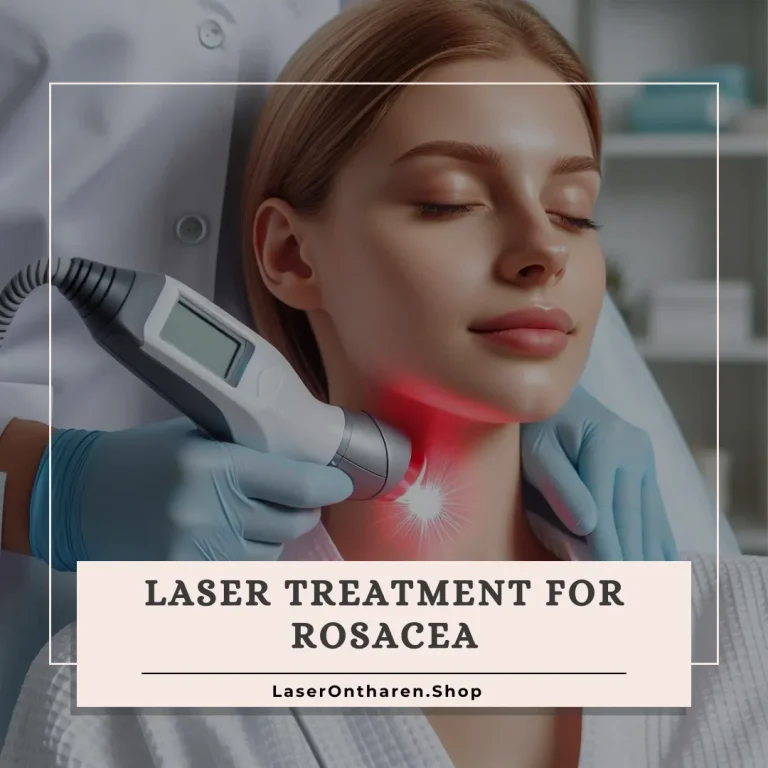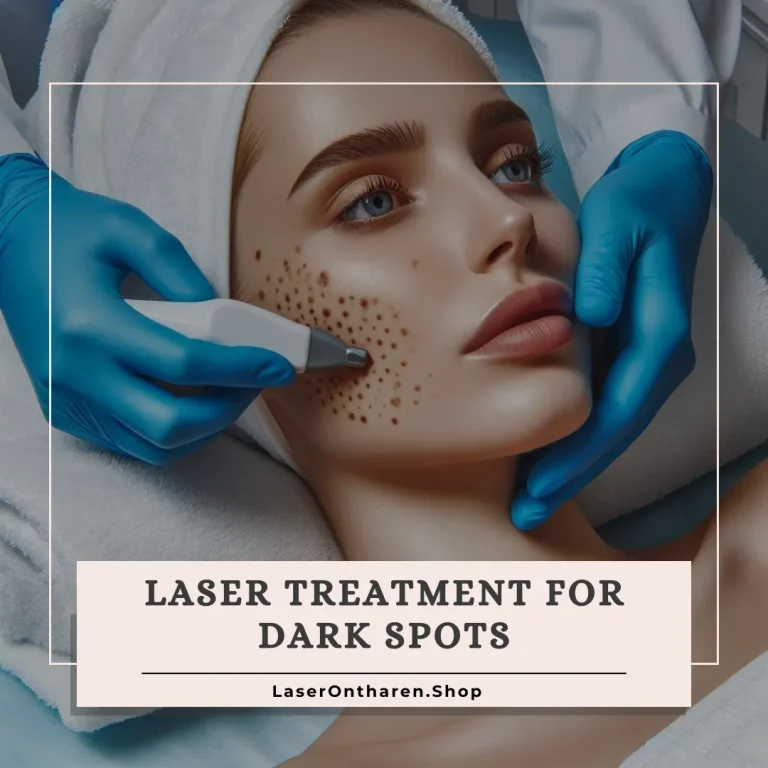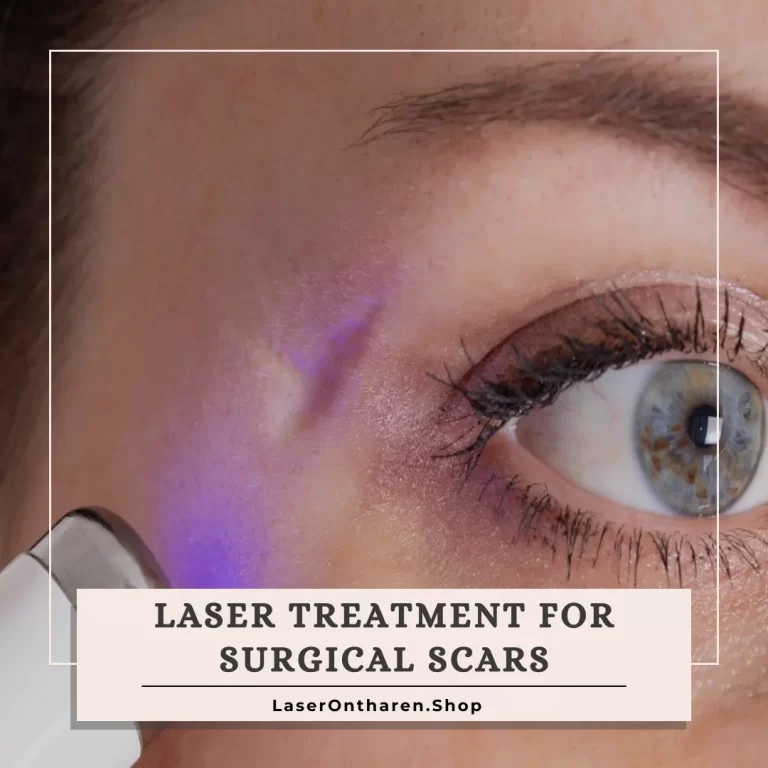Integrating laser hair removal into your salon or spa can be a significant move toward growth and increased profits.
To build a successful laser hair removal business within your existing aesthetic practice, here’s a comprehensive guide, drawing from various industry sources:
1. Understanding the Market for Laser Hair Removal
The market understanding of laser hair removal, it’s evident that the industry is experiencing significant growth, with projections indicating a robust future.
The global laser hair removal market was valued at USD 1.03 billion in 2022 and is anticipated to grow at a CAGR of 19.4% from 2023 to 2030.
This surge is largely fueled by a shift towards aesthetic beauty and technological advancements making treatments more effective and faster.
The high demand for non-invasive hair removal treatments globally is propelling the growth of the beauty clinics segment, which held the largest revenue share (around 55% in 2022).
The increasing popularity of painless treatments compared to traditional methods like waxing or plucking is influencing this trend.
Moreover, the integration of FDA-approved devices into beauty centers, offering effective treatments with advanced technologies, further boosts this segment’s growth.
In terms of laser types, the diode lasers segment dominated the market in 2022, accounting for around 40% of the revenue share.
This dominance is attributed to the precision of diode lasers in targeting specific body parts and effectively removing hair without harming surrounding skin.
However,
the Nd: YAG laser segment is expected to experience significant growth, especially since these lasers work well for darker skin phototypes and are effective on terminal and intermediate hairs.
Regionally,
North America dominated the global market in 2022, owing to the high demand for hair removal treatments, well-established clinics, and a large number of skilled professionals.
In contrast, the Asia Pacific region is forecasted to be the fastest-growing segment, with an expected CAGR of 20.9% over the forecast period.
This growth is driven by the increasing population, rising incidences of skin damage, changing lifestyles, and growing disposable incomes, particularly in emerging economies like China and India.
The laser hair removal market’s rapid expansion presents lucrative opportunities for businesses in the beauty and aesthetics sector.
It’s essential for businesses looking to integrate laser hair removal services to stay informed about the latest market trends, technological advancements, and regional growth patterns to strategize effectively and capitalize on the potential of this growing industry.
2. Legal Considerations and Training
Different states have varying laws regarding who can operate a laser.
Requirements often include a certain number of training hours, theoretical knowledge, and certification.
Ensure you understand and comply with your state’s specific regulations and ensure all staff are properly trained and certified.
3. Preparing Your Business Location to Integrating laser hair removal
The space for laser treatments should be carefully planned.
Treatments must be performed in an enclosed room with proper eye protection for both practitioners and patients.
If your current setup doesn’t include such a space, consider how to remodel or negotiate with your landlord for necessary changes.
4. Financial Planning
the financial planning aspect of integrating laser hair removal into your salon or spa, it’s crucial to have a detailed understanding of the costs involved, especially when it comes to procuring the right equipment.
Given the prices of specific laser hair removal devices you mentioned, let’s delve deeper into the financial considerations.
The initial costs for starting a laser hair removal segment in your business are significant, primarily due to the expense of acquiring medical-grade laser machines.
Here’s a breakdown considering the prices you’ve provided:
- High Power Diode Laser Ice Pro A+ Price: €22,994.00 excl. VAT
- High-Power Diode Ice Laser Maxx – Double lever Price: €17,994.00 excl. VAT
These prices highlight the importance of a substantial initial investment in high-quality laser equipment.
Depending on your target market and the range of services you wish to offer, you may choose one or multiple devices.
The total cost for equipment could range from approximately €15,994.00 to over €60,000, considering potential combinations of these machines.
Additional Costs
Beyond the cost of laser machines, other financial considerations include:
- Leasing Treatment Space: The cost here will vary based on your location, size, and the quality of the premises.
- Staffing: You’ll need trained laser technicians whose salaries can vary widely depending on experience and location. Additional staff may include front desk personnel, marketing specialists, and maintenance staff.
- Marketing: A robust marketing strategy is essential to attract clients. Budget for digital marketing, local advertising, and promotional events.
- Supplies: This includes protective eyewear, cooling gels, disposable covers, and other consumables used in laser treatments.
- Insurance: Professional liability insurance and general business insurance are crucial to protect your business.
Financial Options
To manage these costs, consider various financing options:
- Savings: Utilizing personal savings can be a straightforward way to fund your business expansion, though it comes with risks.
- Loans: Bank loans or loans from financial institutions can offer the necessary capital with varying interest rates.
- Investors: Seeking investors can provide the required funds in exchange for a share of business profits or ownership.
- Leasing Equipment: Instead of outright purchase, leasing laser equipment can be a more financially feasible option for some businesses.
5. Marketing and Building Clientele
Develop a robust marketing strategy focusing on SEO, social media, direct marketing, local advertising, and partnerships with related businesses.
Leverage the power of online reviews and word-of-mouth referrals.
Offer initial promotions and package deals to attract new clients.
6. Sales Strategies
Focus on converting consultations into treatment packages or memberships.
Offer financing options and upsell additional treatment areas.
Ensure your staff is well-trained in sales techniques and client communication.
7. Operations and Execution
Implement efficient scheduling, staffing, compliance, and inventory management systems.
Ensure your equipment is high-quality and well-maintained. Follow strict sanitation protocols and develop a smooth billing process.
Conclusion
Integrating laser hair removal into business within your salon or spa involves careful planning, compliance with legal standards, financial investment, and effective marketing.
By focusing on these key areas, you can successfully integrate this lucrative service into your existing business.
Remember,
this guide is a starting point. For detailed information and specific advice tailored to your situation, consult with industry experts and legal professionals.
With the right approach, adding laser hair removal services can be a transformative step for your business.




